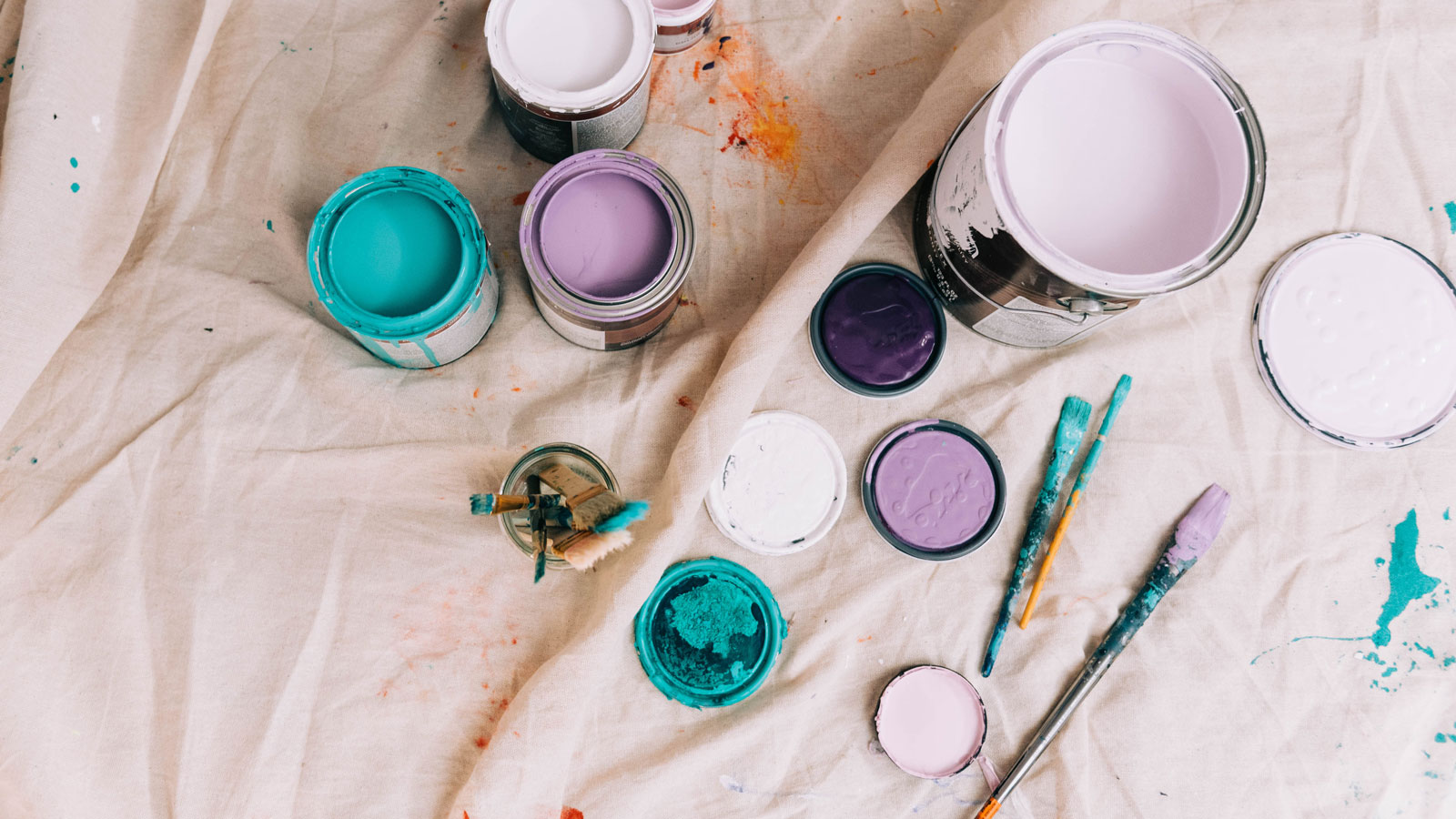
It’s been over a year since lockdown restrictions were put in place in countries across the globe, with many turning to DIY to pass the time. But did you know many of your new DIY items will eventually need replacing?
- See also: How to paint a room - top tips on painting walls, ceilings, woodwork and more
If you embraced home improvement projects this year, from wall panelling to upcycling a Facebook Marketplace bargain, some of your tools will need some care before you use them again.
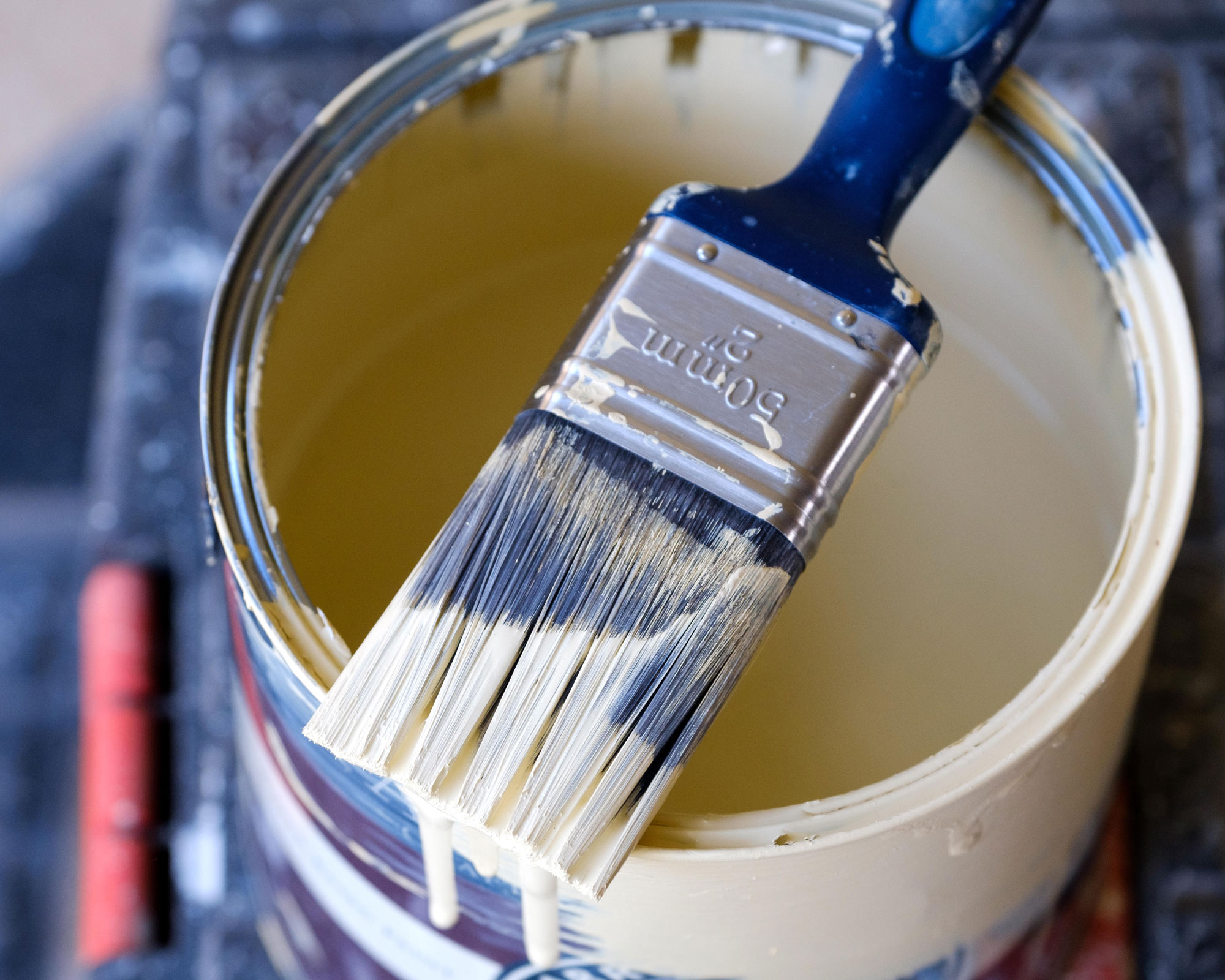
If you made a pretty striped feature wall and you have some paint, brushes, and tape left over, don’t be tempted to reuse old bits and pieces. It could simply end up being more bother than it’s worth.
Mattress Next Day warns that old paint gives an inconsistent color and finish. So if when digging out half-used pots of paint from your under stairs storage, you find your paint has separated, don’t use it.
Lick CEO and co-founder Lucas London says, 'we recommend using our paints within 6 months of opening. When storing, seal unused paint by hammering down cling film over the closed tin lid.
'Store it in a cool and dry place away from direct sunlight. Label with the date of storage and do a thorough check of its condition before using again.'

If you need to get rid of the paint, you’ll need to take it to a local recycling center as liquid paint is banned from landfills. The paint will also need to be hard.
Join our newsletter
Get small space home decor ideas, celeb inspiration, DIY tips and more, straight to your inbox!
You can speed up the hardening process, by adding some sawdust, soil or sand, and leaving it to solidify. If you're looking for the best paint for furniture, take a look at our guide.
If your paint brushes have gone hard, you can recover them with a fabric conditioner.
A hardened paintbrush can cause streaks and inconsistent coloring on your walls. But rather than buying brand new ones, you can simply use fabric softener to give your brushes a new lease of life.
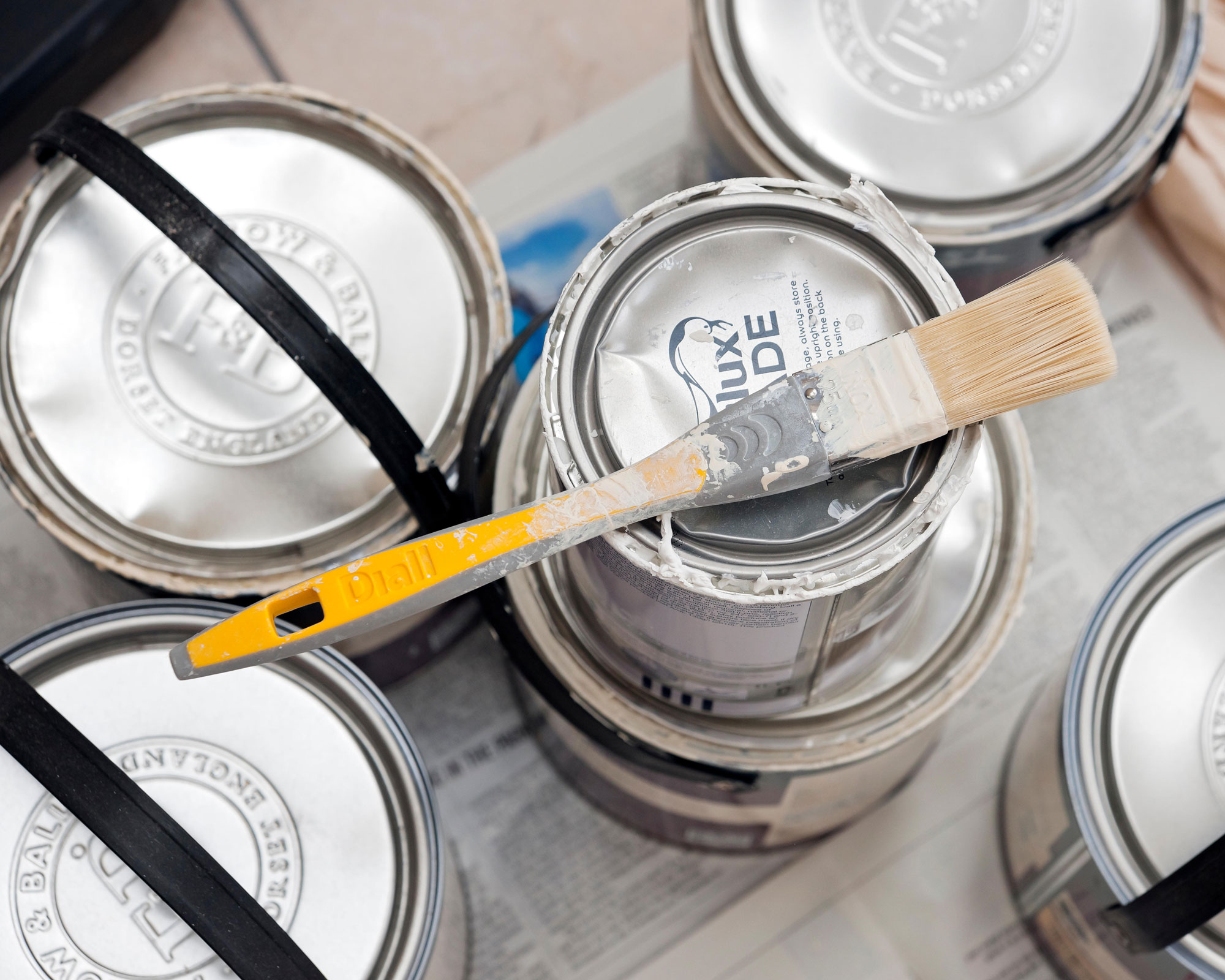
Remove the excess paint from the brush as much as you can. Next, fill a bowl with ¼ fabric softener, and the rest (¾) water. Swirl the paintbrush around in this mixture.
Once clean, rinse and leave the brushes to dry horizontally on a flat surface. If they’re left upright, the water seeps into the handle and damages the brush. For more details, look at our guide on how to clean paint brushes.
You also need to be careful of using weakened paint tape. If you’ve stored tape in a room where the temperature fluctuates between hot and cold, this will have weakened the strength of the seal of the tape.

This makes it harder to get those satisfying, crisp painting lines in the future. There’s an easy fix, though - just make sure you store tape in an airtight plastic bag.
If you can, keep it in a cupboard in a room where the temperature is fairly consistent, like a cupboard under the stairs. Before you get started on your next upcycle, read our story on the biggest mistake people make when painting furniture, according to the Frenchic founder.
Will you be doing some DIY this weekend?
Millie joined Real Homes in early 2021 as a homes news writer. When she isn't writing about trends, makeovers and houseplant care, she spends her free time making tweaks to her rented flat in North London. Her next project is a very basic armchair reupholstering job to help create a cosy reading nook in her living room. She loves browsing antique centres, tending to her small front garden, and is never without some fresh flowers at home.
-
 How to paint a door and refresh your home instantly
How to paint a door and refresh your home instantlyPainting doors is easy with our expert advice. This is how to get professional results on front and internal doors.
By Claire Douglas Published
-
 How to paint a radiator in 7 steps
How to paint a radiator in 7 stepsPainting radiators properly is all about choosing the right paint and the best process. Get interior designer-worthy results with our how-to.
By Kate Sandhu Published
-
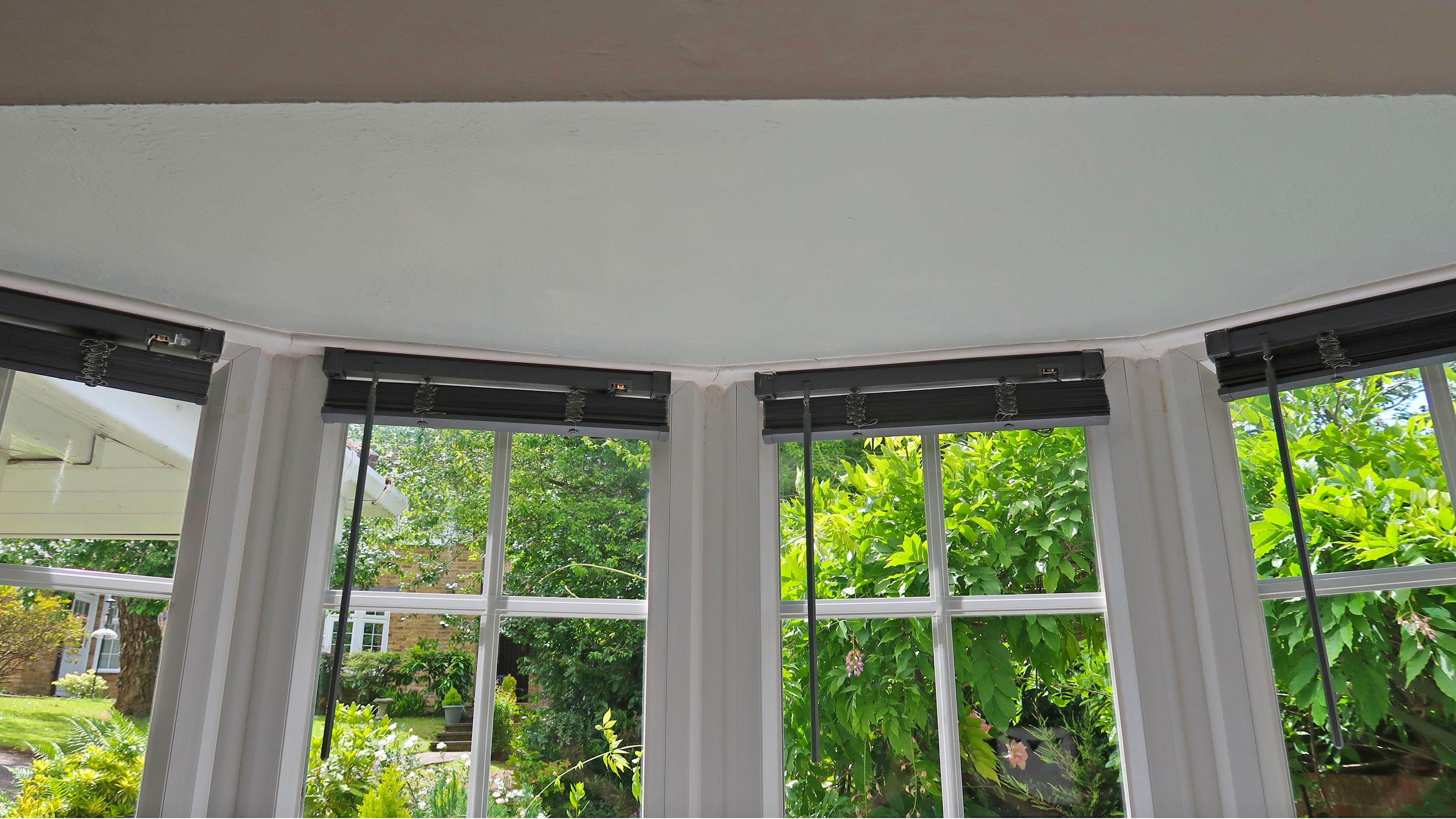 How to paint a textured ceiling in a day or less
How to paint a textured ceiling in a day or lessLearning how to paint a textured ceiling requires a slightly different approach to a smooth surface, whether you need to paint a popcorn ceiling or refresh some woodchip
By Claire Douglas Published
-
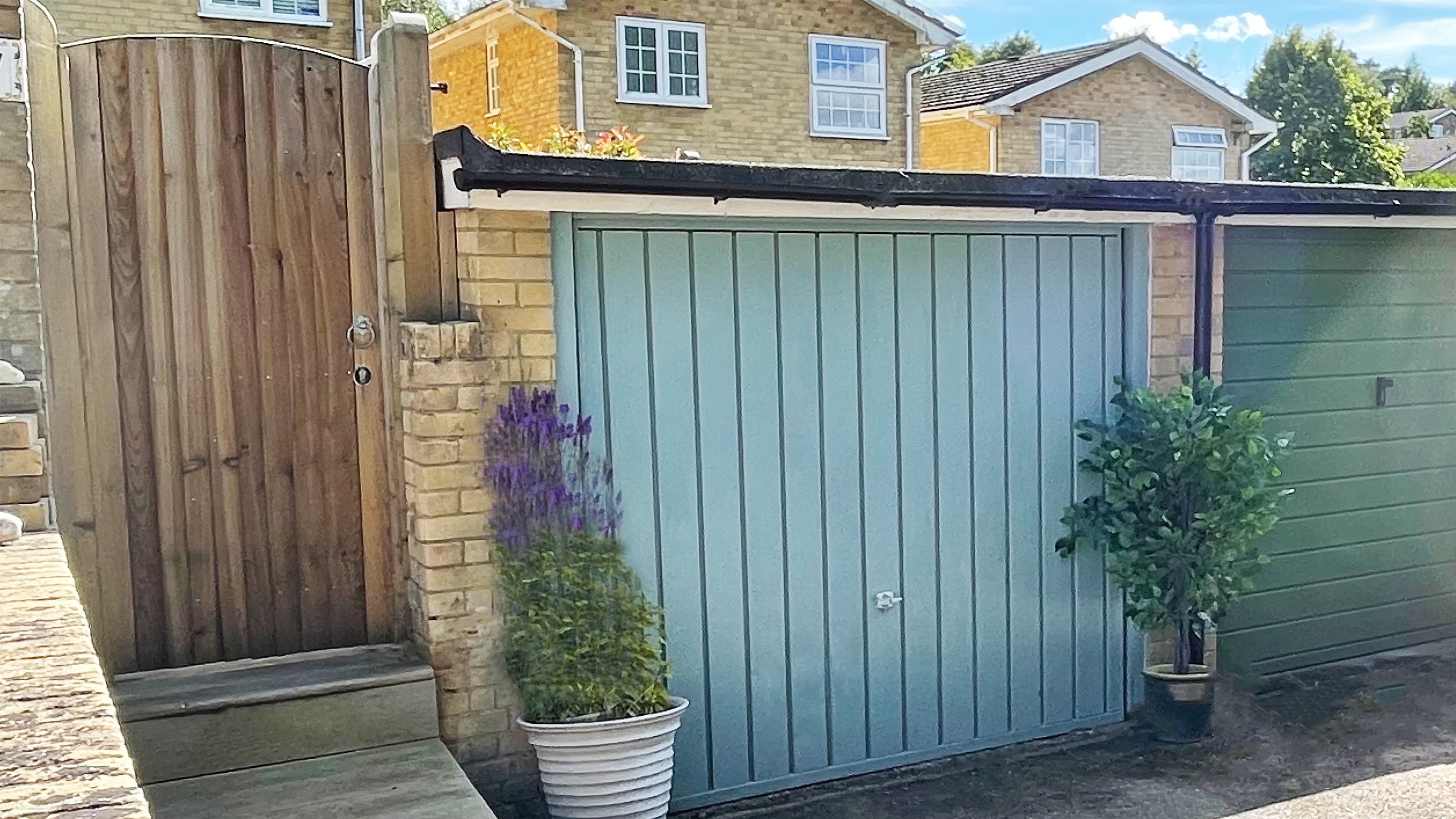 How to paint a garage door: metal, steel, fiberglass or for a wood effect
How to paint a garage door: metal, steel, fiberglass or for a wood effectA step-by-step on how to paint a garage door made from metal, steel, fiberglass or wood. Choose the right paint and priming may not be necessary and there are many more factors to consider for a professional-looking finish...
By Claire Douglas Published
-
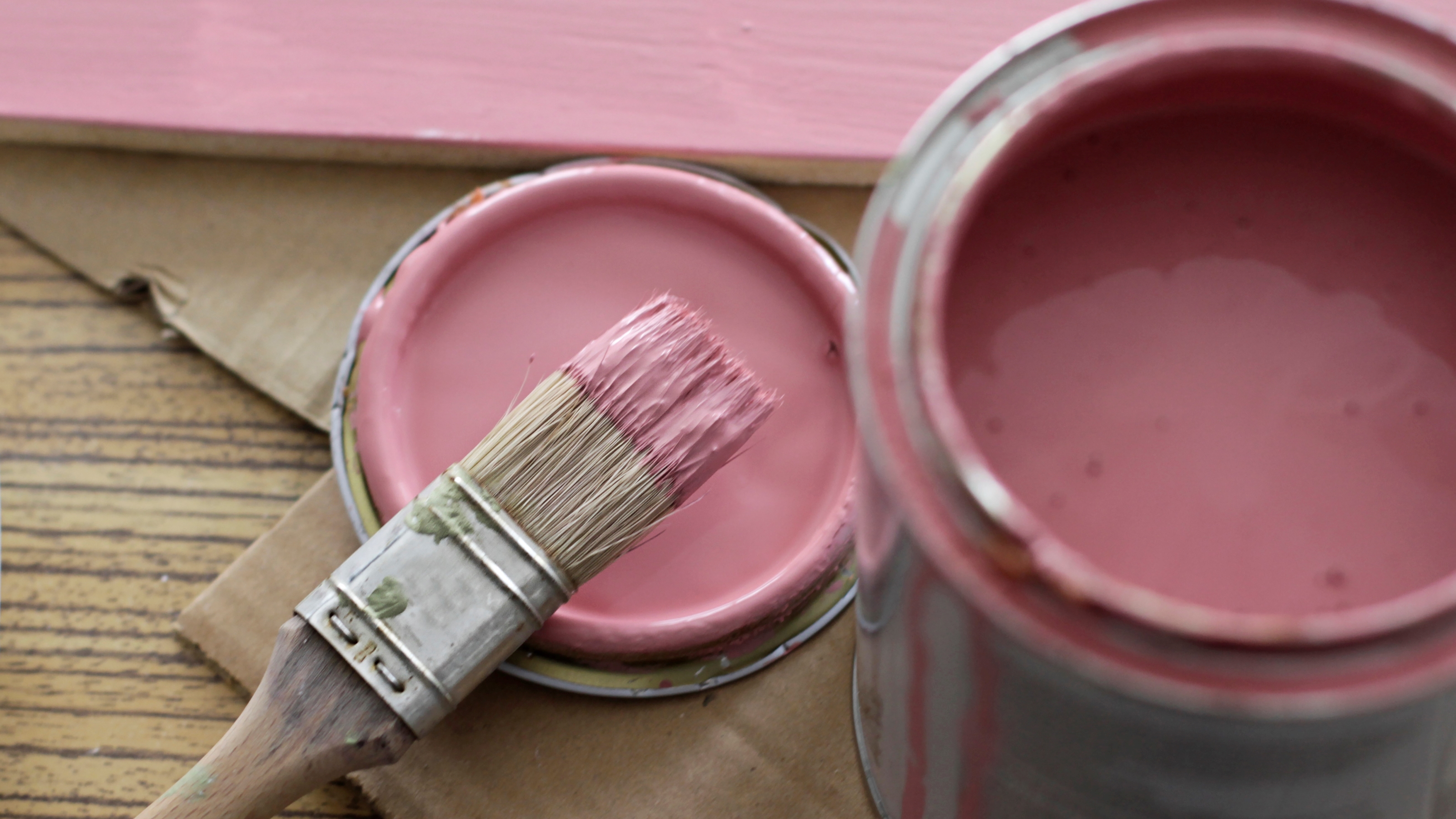 How to dispose of paint properly
How to dispose of paint properlyLearn how to dispose of paint safely to avoid polluting the environment and getting fined for improper paint disposal
By Anna Cottrell Last updated
-
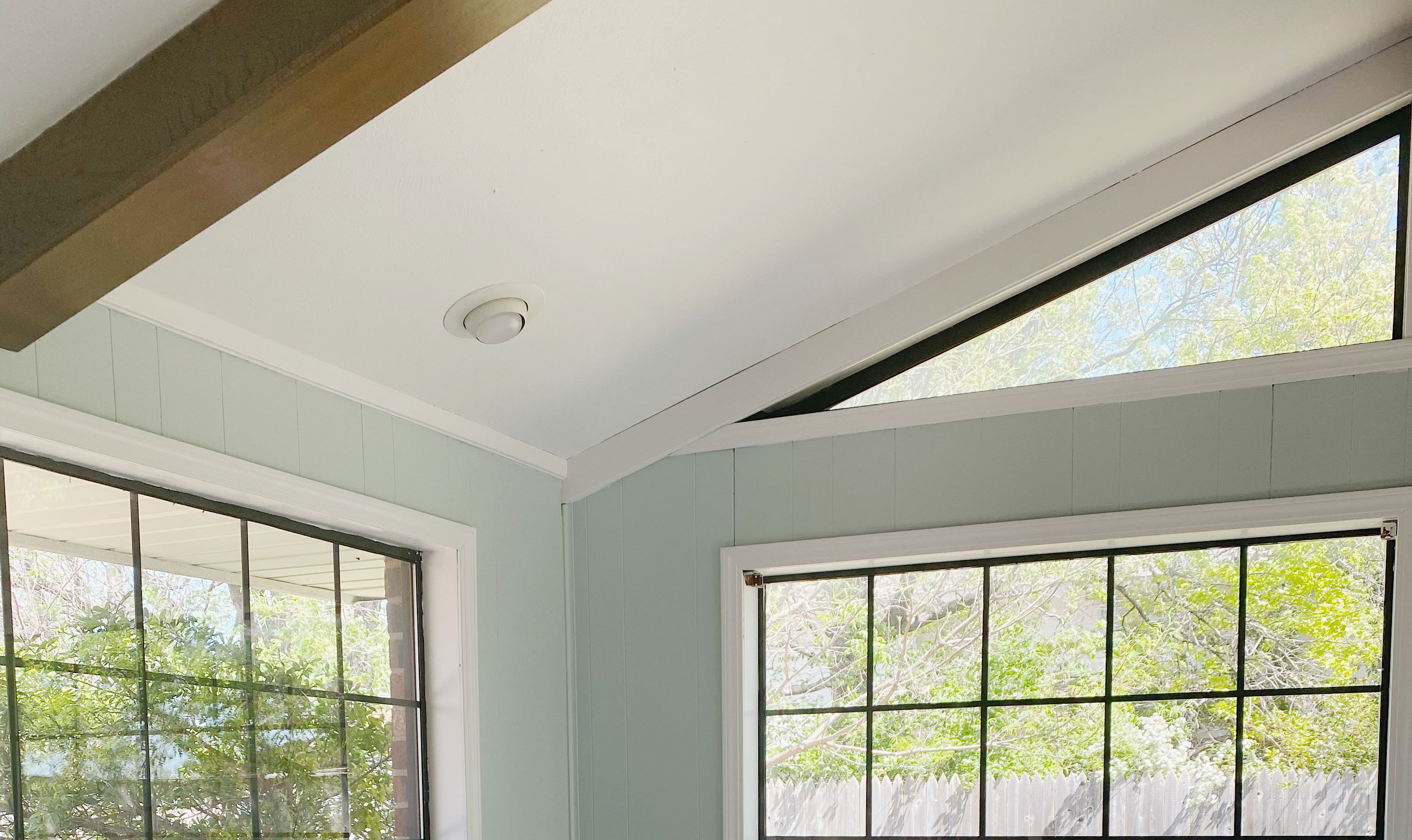 How to paint trim and molding: A beginner's guide for a pro finish
How to paint trim and molding: A beginner's guide for a pro finishPainting trim and molding will perfect your room's decor and show off the color on your walls. DIY like a professional in seven easy steps with our guide.
By Natasha Brinsmead Last updated
-
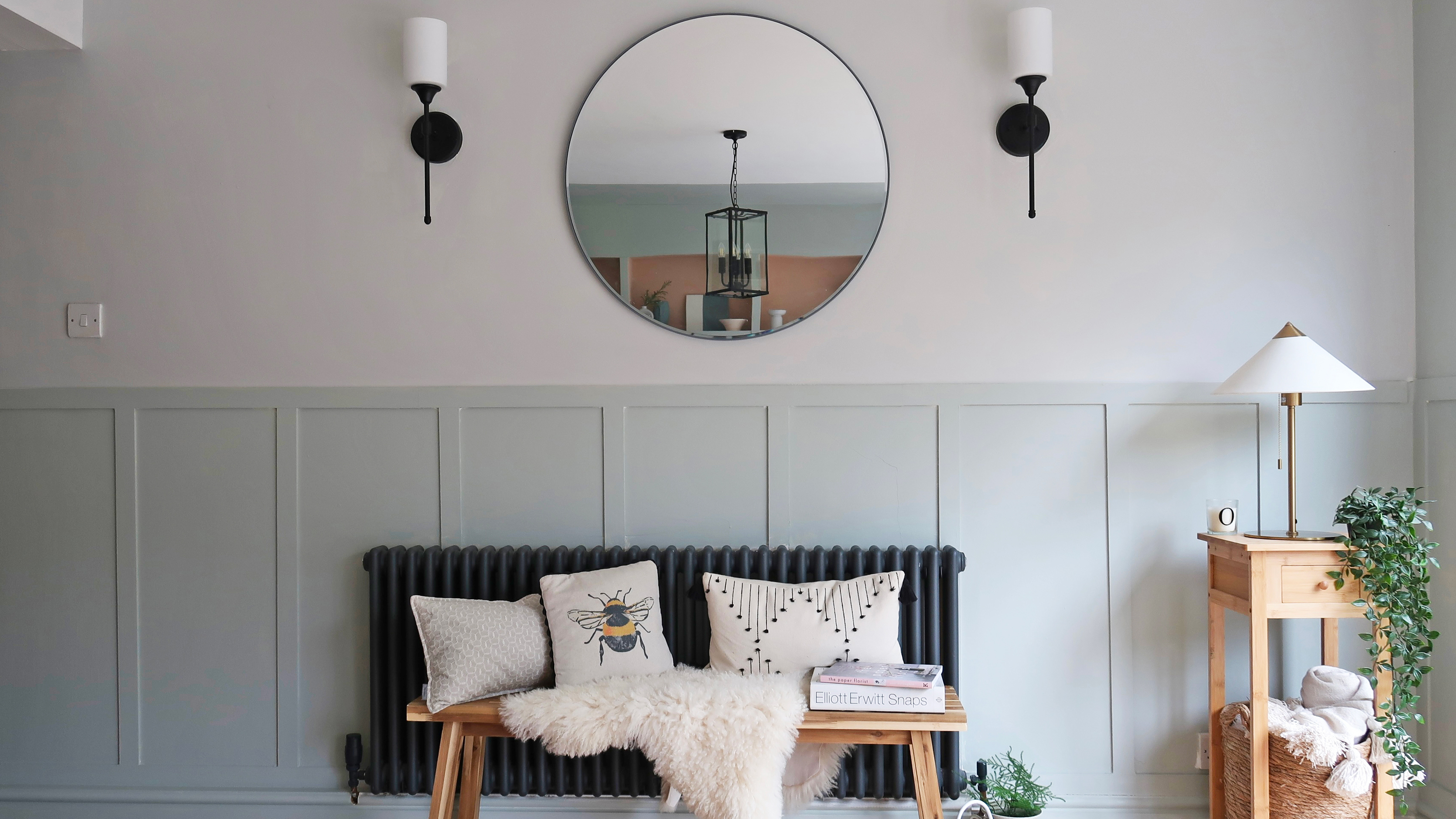 How to paint a wall for streak-free, professional results
How to paint a wall for streak-free, professional resultsFind out how to paint a wall properly using a roller and a brush for a professional finish – fast. Plus, how to not get paint everywhere else...
By Lindsey Davis Published
-
 14 painting mistakes we all make while decorating (and how to avoid them)
14 painting mistakes we all make while decorating (and how to avoid them)These common painting mistakes will compromise end results and make the job harder. We look at how to avoid them to be the best DIY decorator
By Lindsey Davis Published